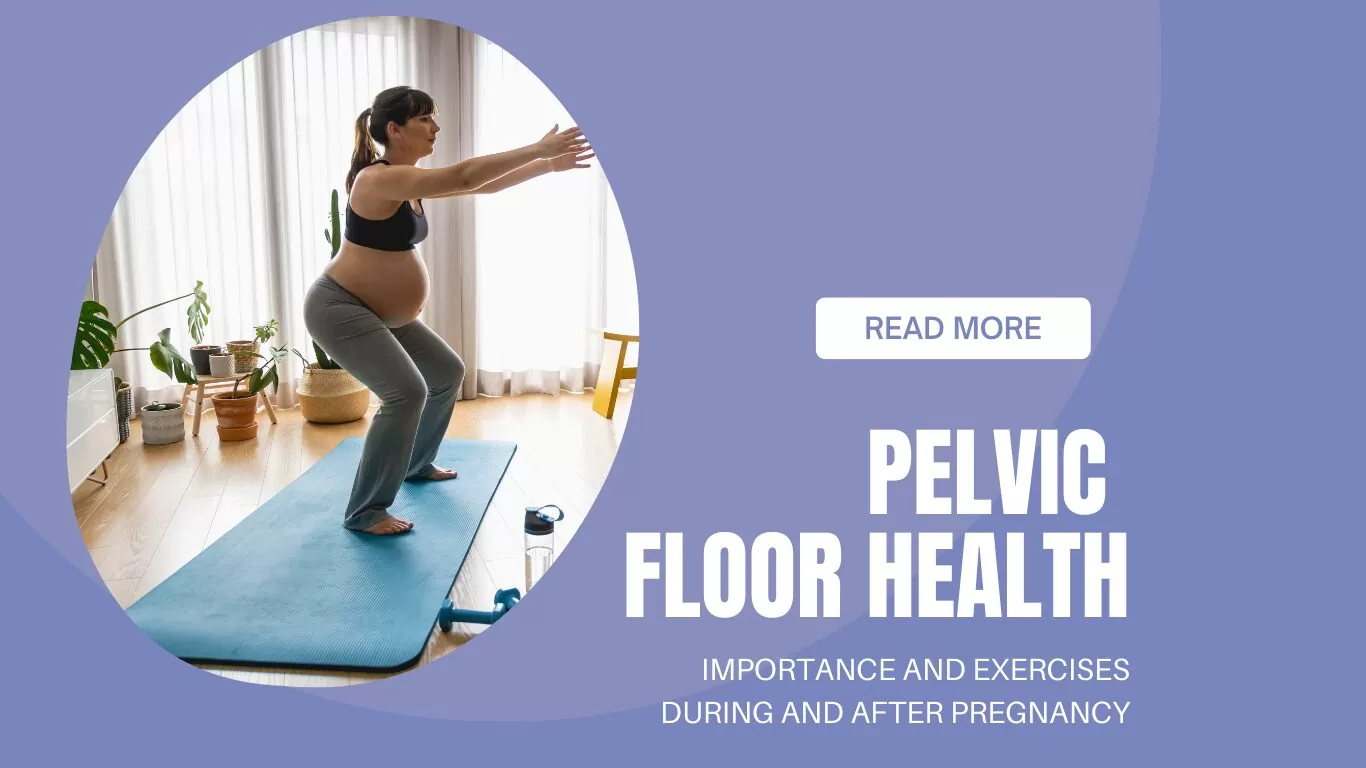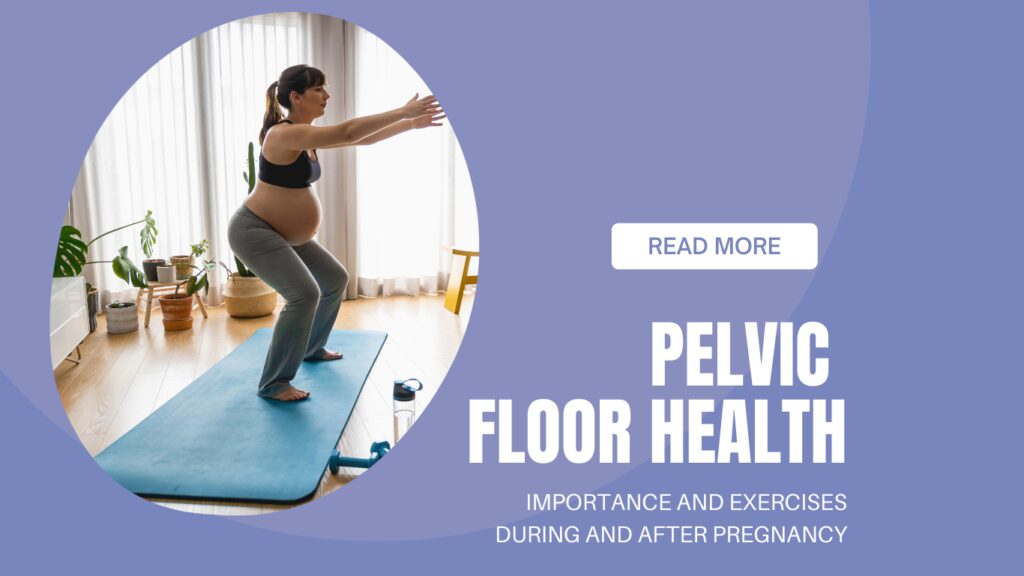Importance and Exercises During and After Pregnancy
Pelvic floor health is a crucial aspect of overall well-being for women, particularly during and after pregnancy. The pelvic floor is a group of muscles and tissues that support the bladder, uterus, and bowel. These muscles play a significant role in urinary and faecal continence, sexual function, and stability of the pelvic organs. Pregnancy and childbirth can place immense stress on the pelvic floor, leading to potential issues if not properly managed. Here, we discuss the importance of pelvic floor health and outline key exercises to maintain and improve it during and after pregnancy.
The Importance of Pelvic Floor Health
Support During Pregnancy
During pregnancy, the weight of the growing baby and hormonal changes increases pressure on the pelvic floor. This added strain can weaken these muscles, leading to discomfort and potential complications such as urinary incontinence. Maintaining strong pelvic floor muscles can help manage the increased load and reduce the risk of such problems.
Postpartum Recovery
After childbirth, the pelvic floor can be significantly weakened, especially if there was trauma during delivery. Strengthening these muscles post-pregnancy can speed up recovery, restore normal bladder and bowel function, and enhance sexual health.
Preventing Long-term Issues
Proper pelvic floor care can prevent long-term issues such as prolapse, where the pelvic organs descend into the vaginal canal due to weak pelvic floor muscles. This condition can cause discomfort, urinary and bowel problems, and may require surgical intervention.
Pelvic Floor Exercises Commonly Recommended During Pregnancy
Kegel Exercises
The most well-known pelvic floor exercise, Kegels involve contracting and relaxing the pelvic floor muscles. To perform Kegels, imagine you are stopping the flow of urine midstream. Hold this contraction for 5-10 seconds, then release. Repeat 10-15 times, three times a day. It’s important to focus on quality over quantity and to avoid engaging other muscles like the abdomen or thighs.
Pelvic Tilts
This exercise not only strengthens the pelvic floor but also helps alleviate back pain. While on your hands and knees, tilt your pelvis by arching your back and then flattening it. This movement engages the pelvic floor and core muscles, providing a gentle yet effective workout.
Bridge Pose
Lying on your back with your knees bent and feet flat on the floor, lift your hips towards the ceiling while squeezing your pelvic floor muscles. Hold for a few seconds, then lower your hips back down. Repeat this 10-15 times, focusing on controlled movements.
Postpartum Pelvic Floor Exercises
Gentle Kegels
After childbirth, start with gentle Kegels to re-engage the pelvic floor muscles. Focus on short, light contractions and gradually build up to longer holds as strength returns.
Deep Breathing with Engagement
Sit comfortably and take deep breaths, allowing your belly to rise and fall. On the exhale, gently contract your pelvic floor muscles. This exercise helps integrate pelvic floor engagement with breathing, a fundamental aspect of core stability.
Pelvic Floor Relaxation
Equally important as strengthening is the ability to relax the pelvic floor. Practice releasing these muscles completely, especially after contractions, to avoid over-tightening, which can lead to pain and dysfunction.
Gradual Progression
As you regain strength, gradually reintroduce more challenging exercises like bridges, squats, and eventually, your pre-pregnancy workout routine. Always listen to your body and consult a healthcare professional before starting new exercises.
Pelvic floor health is essential for every woman, particularly during and after pregnancy. By incorporating specific exercises like Kegels, pelvic tilts, and bridges, you can maintain and strengthen these crucial muscles, ensuring better support for your body during pregnancy, a smoother childbirth experience, and a quicker recovery postpartum. Always remember to consult with a healthcare provider before starting any new exercise regimen, especially during pregnancy. With consistent effort and proper guidance, you can achieve and maintain optimal pelvic floor health.






